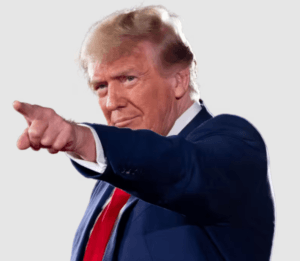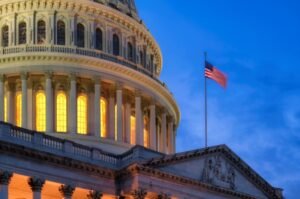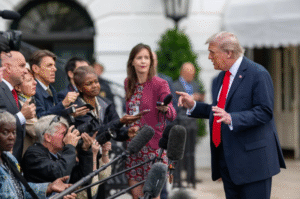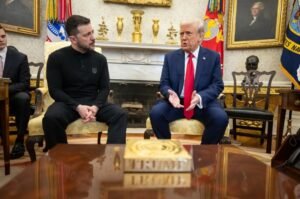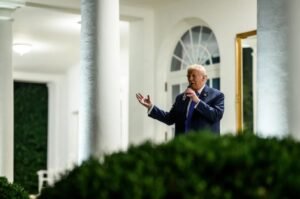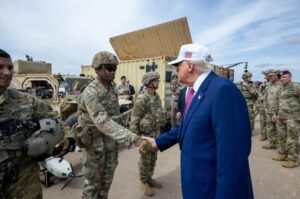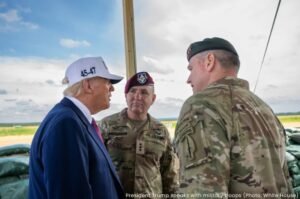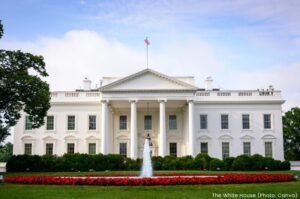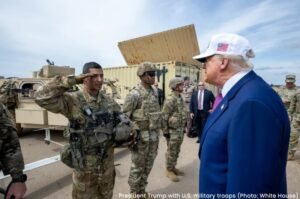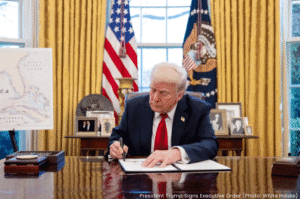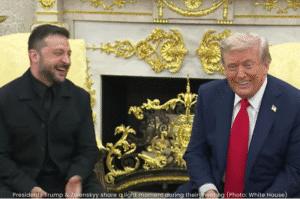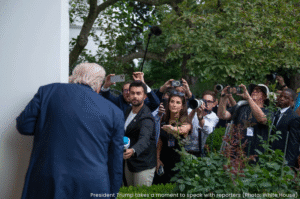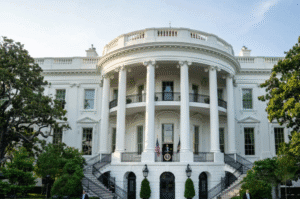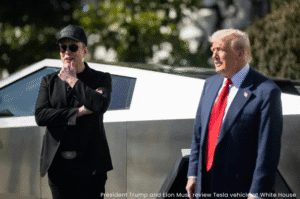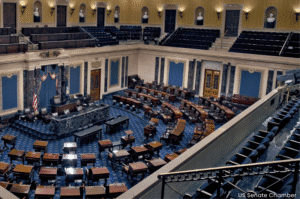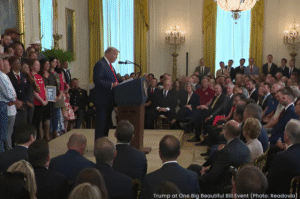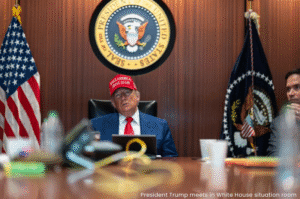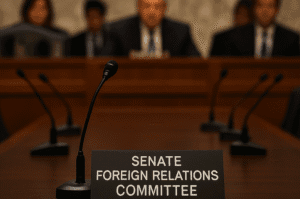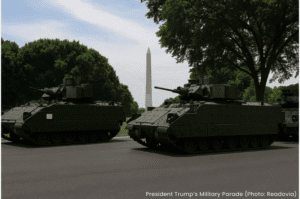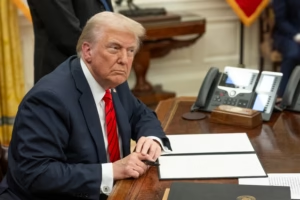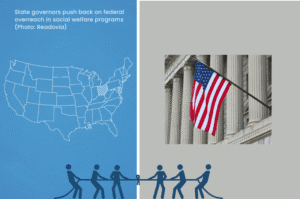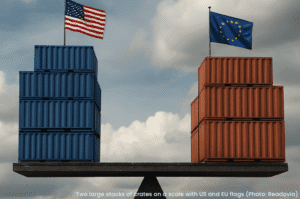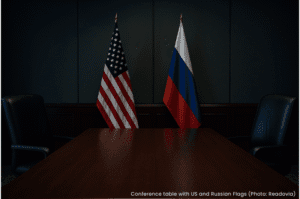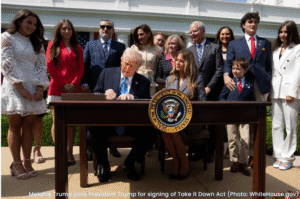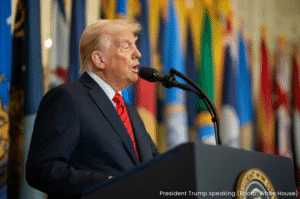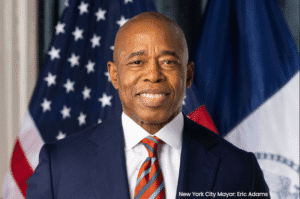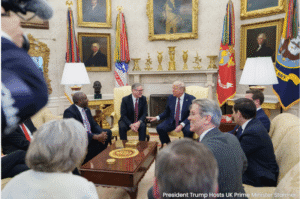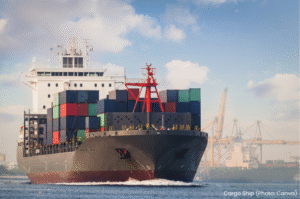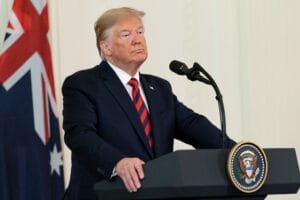A new trade chapter may be opening — but no one’s calling it a final draft.
Today, President Donald Trump and UK Prime Minister Keir Starmer signed a preliminary US-UK trade agreement that both sides hailed as a step toward stronger economic ties. The deal, unveiled in a joint press conference, includes tariff reductions on key goods such as steel, aluminum, and automobiles — a notable development amid years of fluctuating post-Brexit trade relations.
While the White House framed the deal as a “historic milestone,” other U.S. officials were quick to temper expectations, calling the agreement “the end of the beginning” rather than a sweeping resolution. Key details — including future negotiations on digital trade, agriculture, and financial services — remain unresolved.
What’s in the deal?
- Tariffs on U.S.-made steel and cars entering the UK will be eased
- British-made aluminum and EV components will receive expanded access to U.S. markets
- A commitment to further negotiations aimed at reducing red tape for small and mid-sized exporters
What’s not in the deal?
- No movement yet on contentious agricultural standards
- No clarity on data privacy or tech-sector regulation
- No full free-trade agreement — at least not yet
Why now?
Both leaders face intense domestic pressure: Trump is seeking to boost his economic credentials ahead of a likely re-election bid, while Starmer is aiming to stabilize the UK’s trade posture post-Brexit and amid sluggish growth.
Critics on both sides say the deal is heavy on symbolism and light on substance. Still, it marks a rare moment of international cooperation in a polarized political year.
What comes next?
A second round of talks is expected in the fall, with negotiators hoping to broaden the agreement into a more comprehensive economic partnership. For now, though, Trump and Starmer are content to call it progress — and signal that the “special relationship” still has room to grow.



